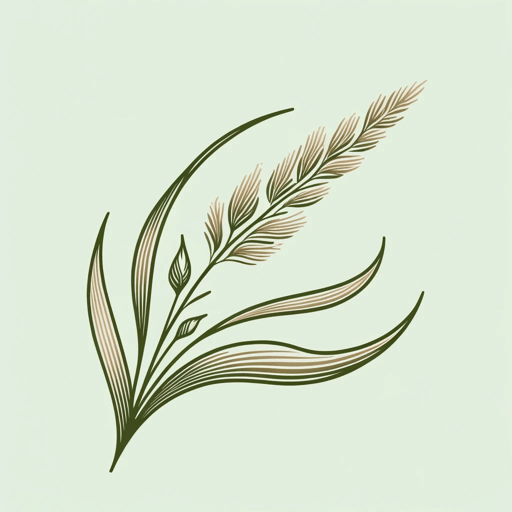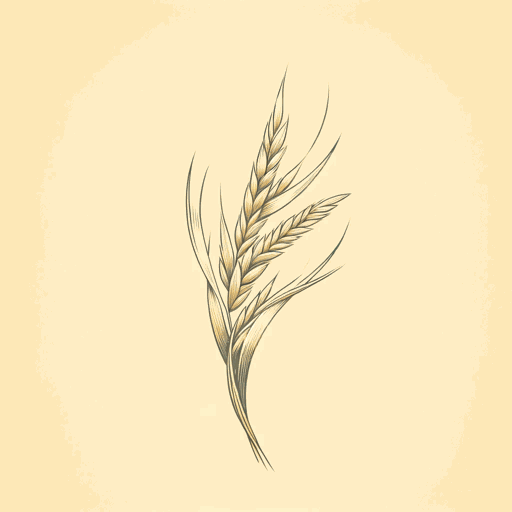48 pages • 1 hour read
Robin Wall KimmererBraiding Sweetgrass for Young Adults: Indigenous Wisdom, Scientific Knowledge, and the Teachings of Plants
Nonfiction | Book | YA | Published in 2022A modern alternative to SparkNotes and CliffsNotes, SuperSummary offers high-quality Study Guides with detailed chapter summaries and analysis of major themes, characters, and more.
Part 4Chapter Summaries & Analyses
Part 4: “Picking Sweetgrass”
Part 4, Chapter 11 Summary: “Epiphany in the Beans”
Kimmerer argues that the secret to happiness is loving the land and knowing that it loves you in return. This knowledge comes to her while she is picking pole beans in her garden. The bright, summery taste of the bean seems like an expression of love to her in that moment, and she believes that the variety of food the Earth supplies is evidence that the land loves humans too. Because of this mutual love, she argues, humans have a responsibility to care for the Earth as it cares for them. Kimmerer encourages readers to plant gardens as a way of entering into a loving relationship with the land. She imagines gardening as a partnership where human labor and the life-giving gifts of plants come together to create a delicious expression of love.
Part 4, Chapter 12 Summary: “The Three Sisters”
The heart of Indigenous agriculture is the trio of plants known as the Three Sisters: corn, beans, and squash. When planted together, these three plants grow more productively than when planted alone. The corn sprouts first, growing into a tall stalk. The bean plant then uses the stalk for support, growing vines up its length. The squash emerges last, growing broad leaves along the ground that eliminate weeds.
Related Titles
By Robin Wall Kimmerer


